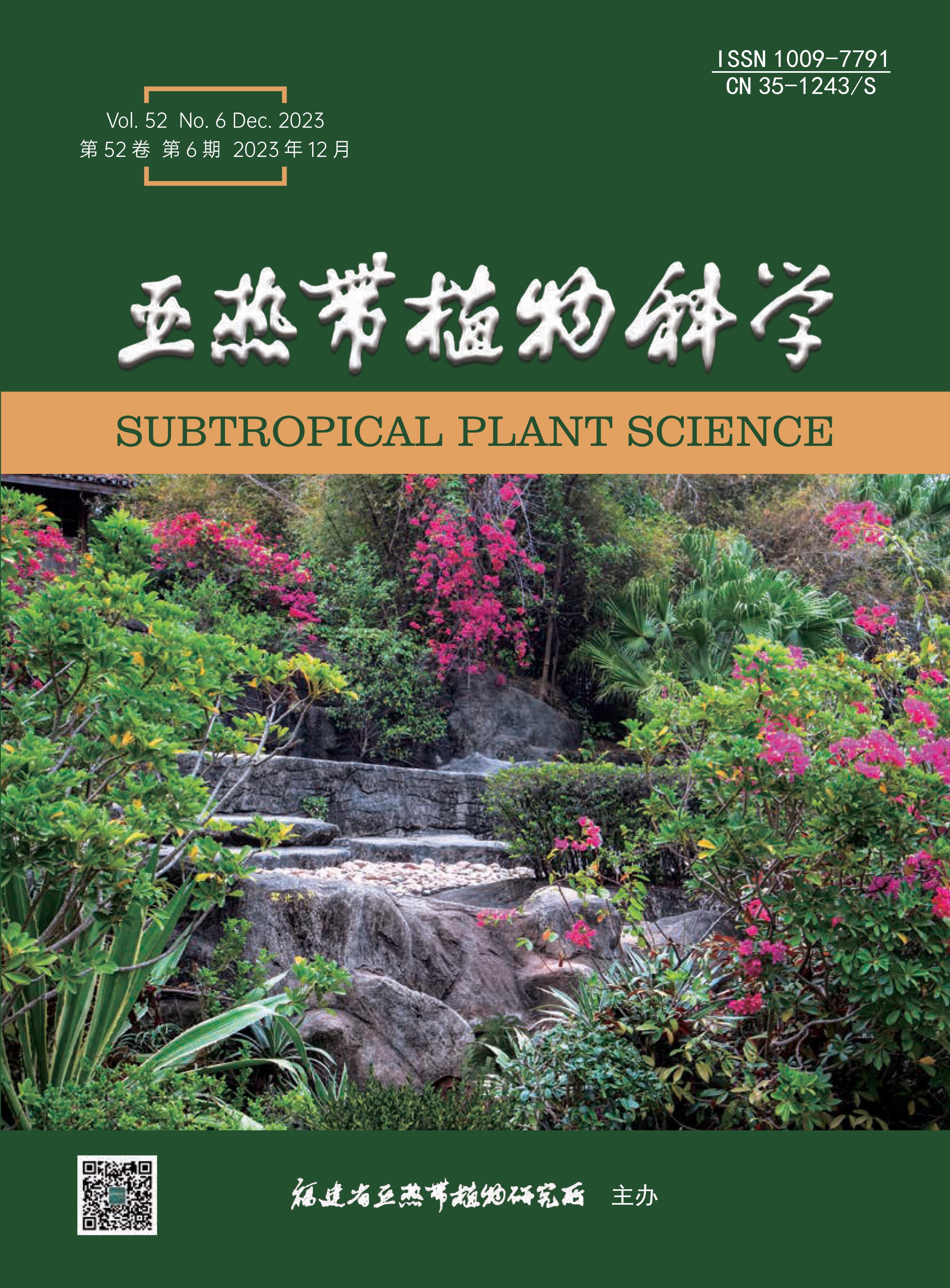|
|
Photosynthetic Characteristics and Photosynthetic Carbon Sequestration and Oxygen Release Capacity of 11
Mangrove Species
ZHANG Liu, ZHAN Qiao-si, GUO Wei, LAI Can, YANG Qiong, ZHANG Hui
2023, 52(6):
465-474.
DOI: 10.3969/j.issn.1009-7791.2023.06.001
Mangrove forest is an important part of the global carbon cycle, and the study of the photosynthetic characteristics of different mangrove plants and the difference in carbon sequestration and oxygen release capacity is an important basis for the cumulative assessment and protection and restoration of carbon pool of mangrove biomass. The daily dynamics of photosynthesis rate of mangrove trees and leaf area index were determined by using Li-6800 Portable Photosynthesizer and TOP-1300 Canopy Analyzer, to analyze the daily capacity of carbon sequestration and oxygen release of the target species. Carbon sequestration per unit land area was used as a measure of the CO2 absorption capacity of mangrove plants for cluster analysis to further analyze the main factors affecting the oxygen sequestration capacity of plants. The results showed that: (1) The net photosynthetic rate of six species was unimodal curve, including Cerbera manghas, Kandelia obovata, Heritiera littoralis, Acanthus ilicifolius, Hibiscus hamabo and Volkameria inermis, and the remaining five species showed a bimodal curve due to photosynthetic lunch break, among which Cerbera manghas was the lowest and Volkameria inermis was the highest. (2) In terms of carbon sequestration and oxygen release capacity per unit land area, 3 species of shrubs (Acanthus ilicifolius, Hibiscus hamabo, Volkameria inermis ) and 4 species of trees (Aegiceras corniculatum, Excoecaria agallocha, Heritiera littoralis, Sonneratia apetala ) performed better. (3) The results of the clustering of daily carbon sequestration per unit land area of 11 mangrove species were divided into three categories, the first category included Hibiscus hamabo and Volkameria inermis with the highest daily carbon sequestration, the second category was Aegiceras corniculatum, Excoecaria agallocha, Heritiera littoralis, Acanthus ilicifolius and Sonneratia apetala with medium daily carbon sequestration, and the third category was Cerbera manghas, Thespesia populnea, Bruguiera gymnorhiza and Kandelia obovata with the lowest daily carbon sequestration. (4) The main influencing factors of daily carbon sequestration and oxygen release per unit land leaf area were transpiration rate (Tr) and stomatal conductance (Gs).
References |
Related Articles |
Metrics
|
